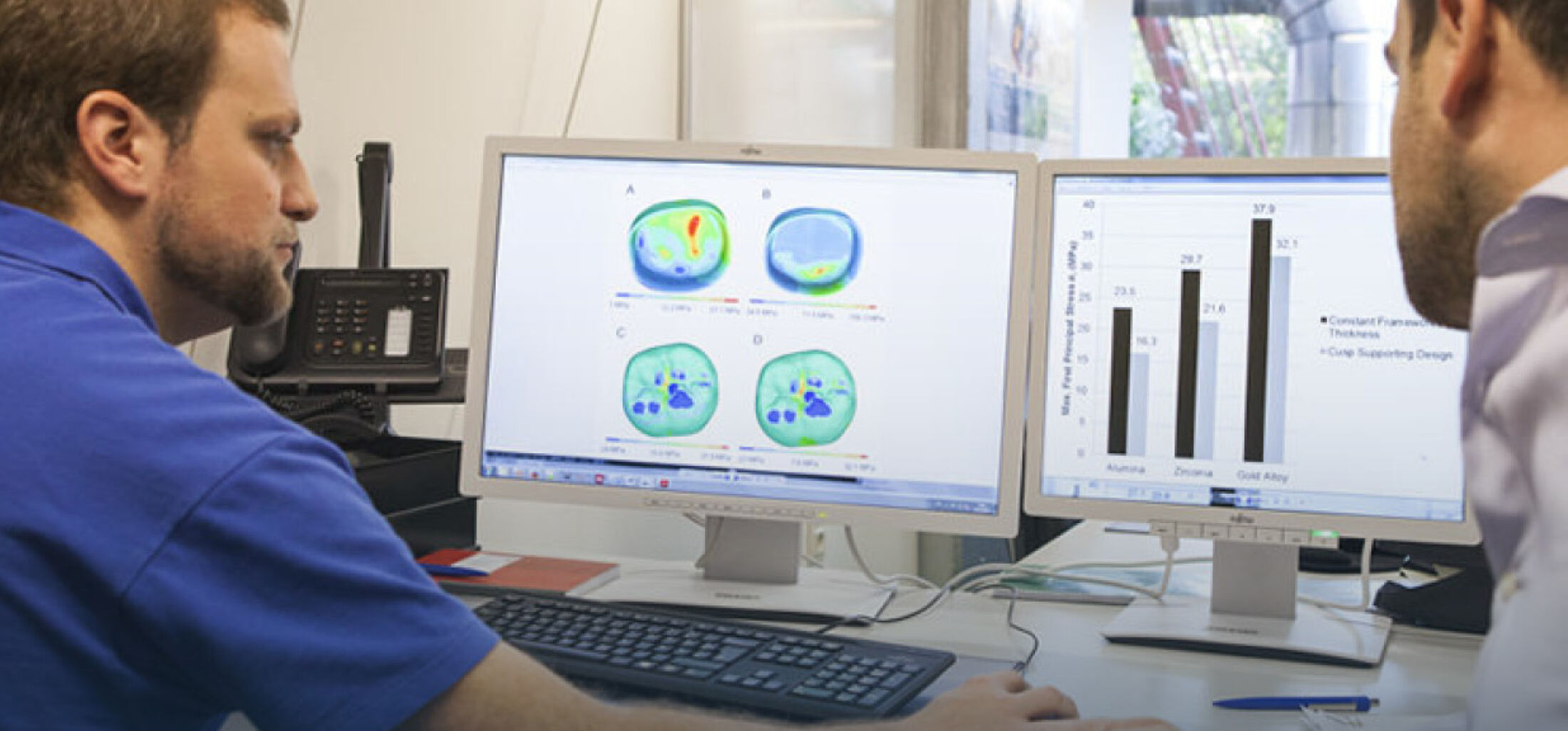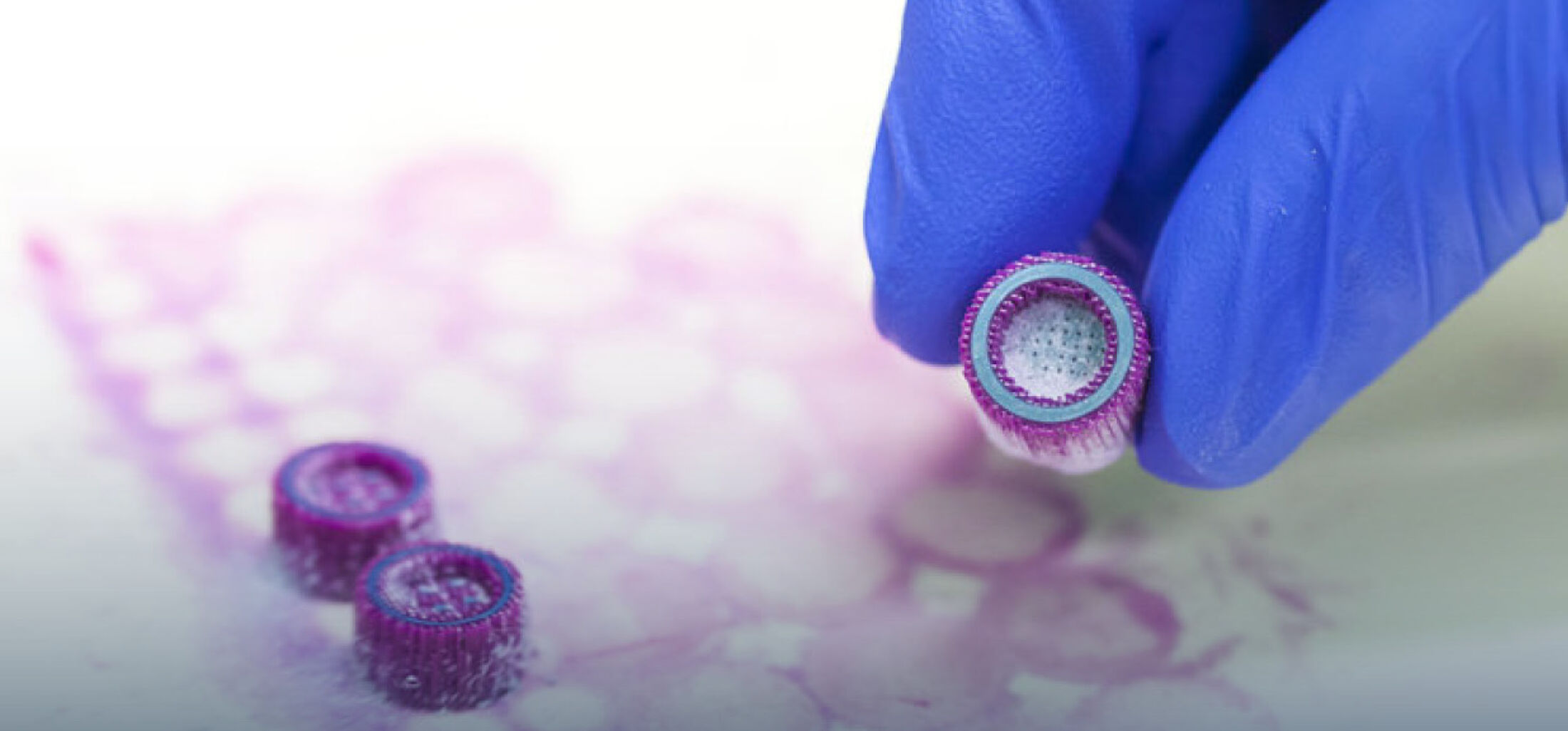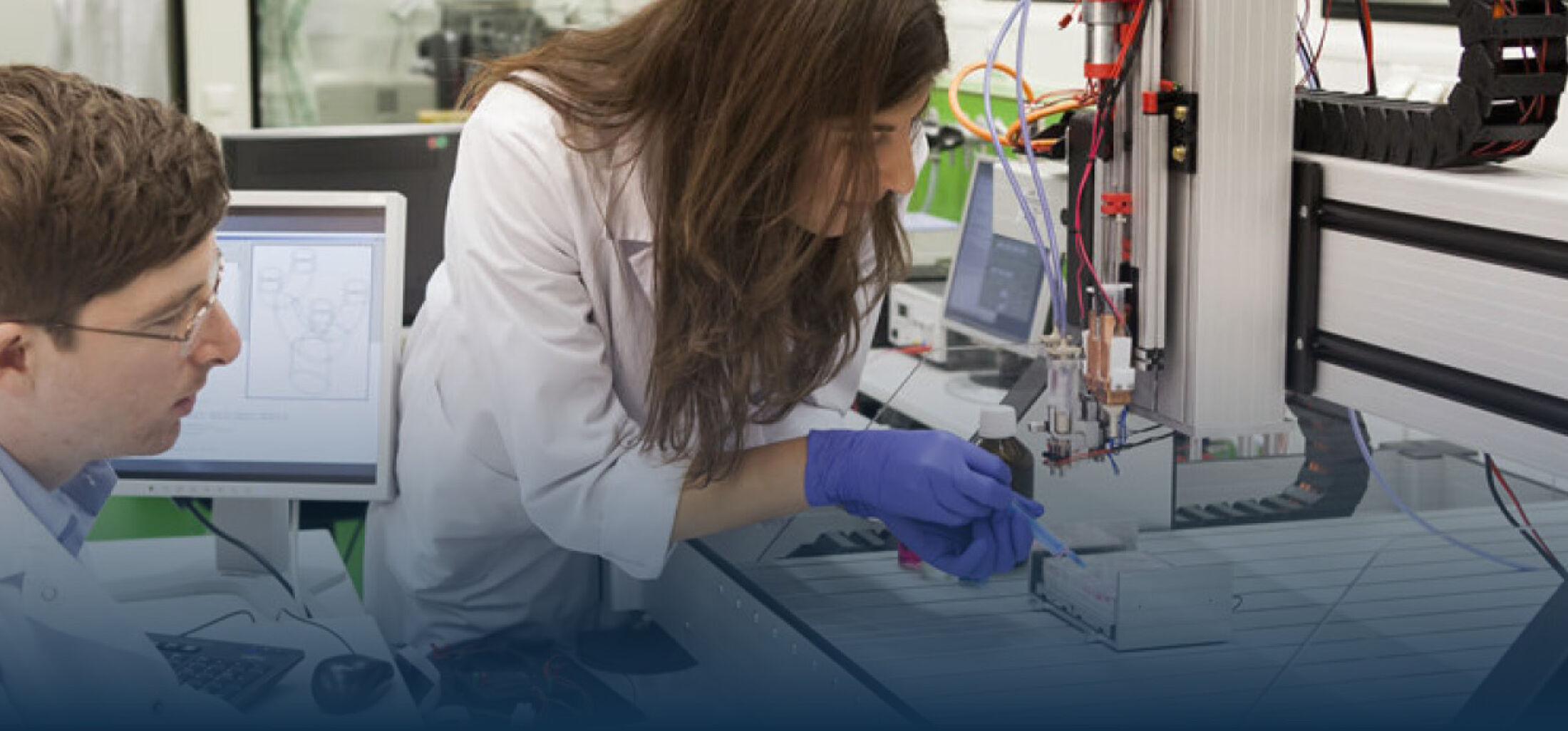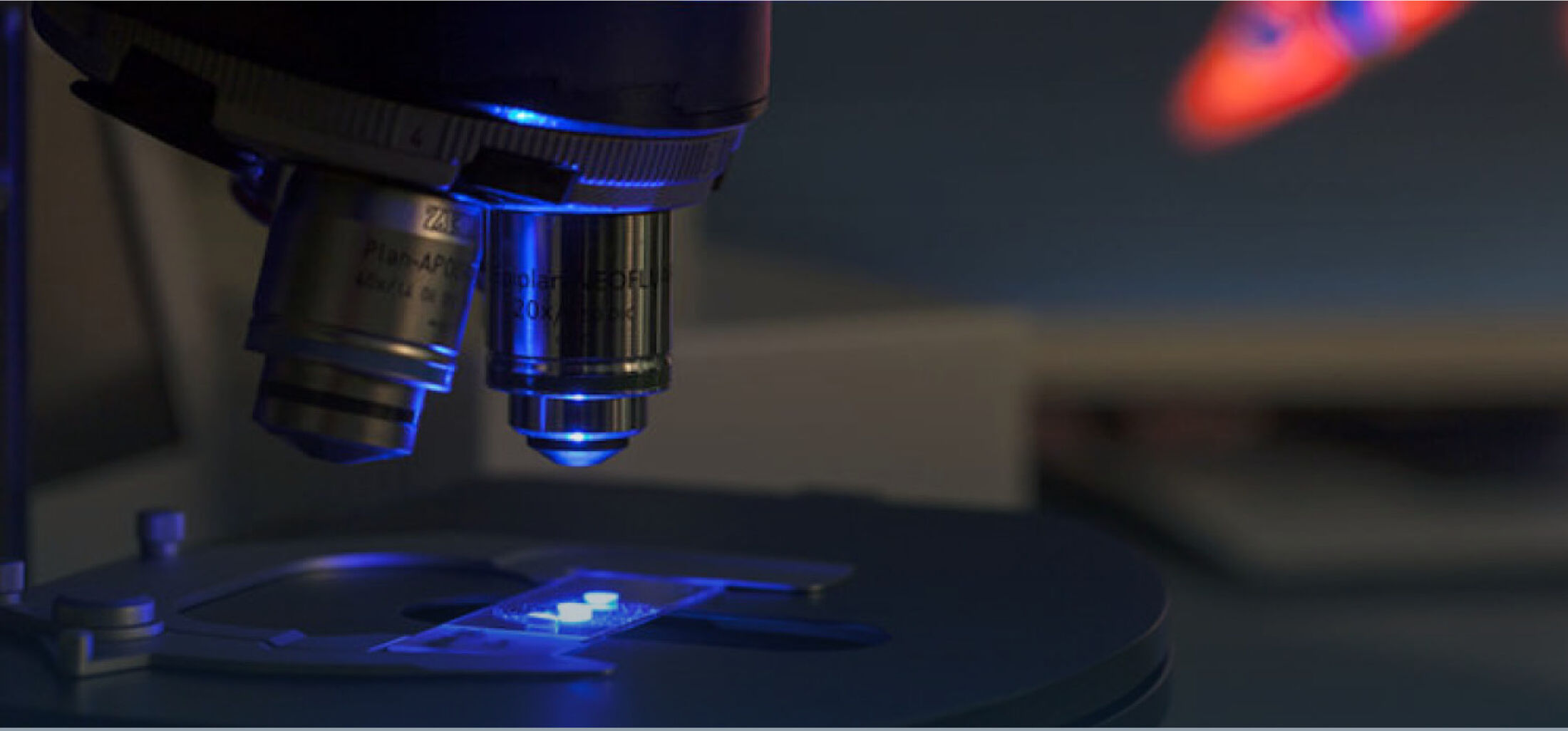PlantVirusBone
Bone tissue engineering provides an alternative strategy to tackle the problems of autograft and allograft procedures, caused by lack of donor tissues, supply limitations and rejections by the recipients’ immune system. In principle, bone tissue engineering approaches make use of porous materials that serve as a scaffolds providing both mechanical and biochemical cues to the seeded cells, thus mimicking their natural environment. Different types of hydrogels are commonly used for the fabrication of matrices, due to their ability to retain high amounts of water and similarity to the natural extracellular matrix that enables cell encapsulation. However, hydrogels often lack the appropriate biochemical cues that modulate cell response. In order to functionalize hydrogels, plant virus nanoparticles are introduced in a novel approach to the cell-laden 3D hydrogel-based matrices.
In the previous project phase, hydrogels were functionalized with biotechnologically modified Potato virus X. The results of the study have shown that high local concentrations of peptides presented on the surface of plant virus nanoparticles induced mineralization and osteogenesis in human mesenchymal stem cells (Figs. 1 and 2) [1, 2]. Apart from mineralization- and osteogenesis- induction, a scaffold for biofunctional bone replacements must be able to support vascularization. Therefore, in the second phase of the PlantVirusBone project, financed by the German Research Foundation (DFG) and performed in collaboration with the Institute of Molecular Biotechnology, RWTH Aachen University, we aim to functionalize hydrogel matrices with plant virus nanoparticles, that will synergistically induce osteogenesis and angiogenesis. In order to achieve this, plant virus nanoparticles will be genetically modified to present osteogenic and angiogenic peptides in a cell laden hydrogel. The functionalized hydrogels will be mechanically characterized, their suitability for 3D bioprinting will be investigated and the response of endothelial and human mesenchymal stem cells to the biofunctional hydrogel will be monitored.
[1] Lauria I, Dickmeis C, Röder J, Beckers M, Rütten S, Lin YY, Commandeur U, Fischer H (2017). Engineered Potato virus X nanoparticles support
hydroxyapatite nucleation for improved bone tissue replacement. Acta Biomater 62:317-327. https://doi.org/10.1016/j.actbio.2017.08.039
[2] Lin YY, Schphan J, Dickmeis C, Buhl EM, Commandeur U, Fischer H (2020). Attachment of ultralow amount of engineered plant viral nanoparticles to
mesenchymal stem cells enhances osteogenesis and mineralization. Adv Healthc Mater 2001245:1-13. https://doi.org/10.1002/adhm.202001245






